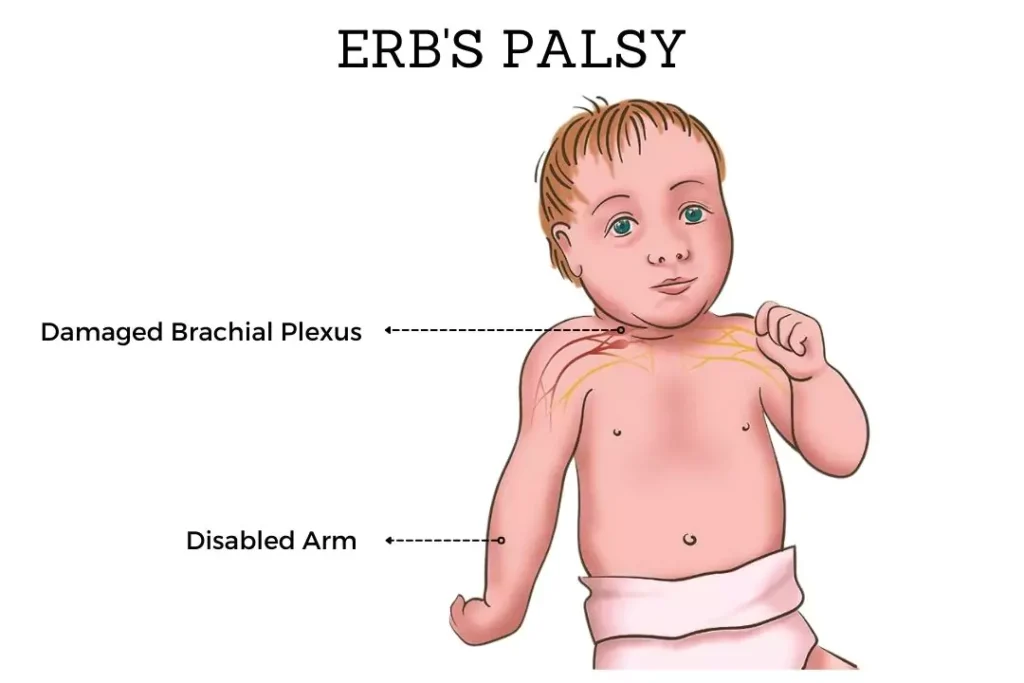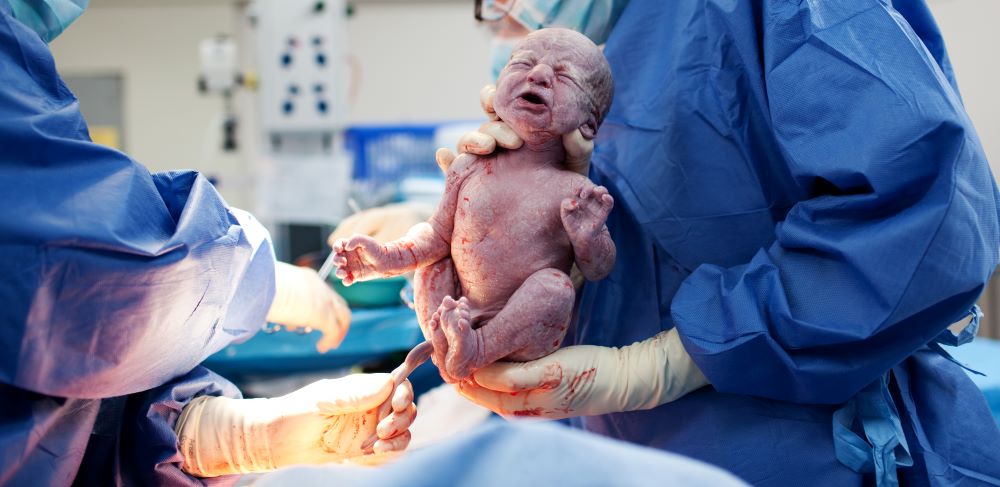Last Updated on November 18, 2024 by Michelle Wan
For parents facing the effects of a birth injury, understanding the type of injury their child has experienced can help them navigate the journey ahead. Birth injuries vary widely, each with unique causes, symptoms, and potential long-term effects. From conditions that may resolve on their own to those requiring lifelong support, knowing the specifics of each type helps families secure the best care and advocate for their child’s needs.
In this guide, we’ll explore the most common types of birth injuries, their long-term impact, and support options for families.
What Are Birth Injuries?
A birth injury is a physical or neurological trauma that occurs during labor and delivery. These injuries can happen for various reasons, including complications during birth, lack of oxygen, or medical errors. Understanding the type and severity of a birth injury is essential for creating an effective care plan and accessing any necessary resources for long-term support.
Common Types of Birth Injuries
Cerebral Palsy (CP)
Cerebral Palsy is one of the most well-known birth injuries, affecting movement, muscle tone, and coordination. CP often results from a lack of oxygen to the brain during labor or delivery, which can cause brain damage. Symtoms include muscle stiffness, tremors, difficulties with walking, and challenges in motor skills development.

Long-Term Impact
Children with CP may need lifelong therapy, assistive devices, and sometimes surgical interventions to improve mobility and quality of life. Each child’s experience with CP is unique, so treatment and support plans are tailored to individual needs. For more detailed insights, you may visit our page on long-term costs of birth injuries.
Erb’s Palsy (Brachial Plexus Injury)
Erb’s Palsy occurs when the brachial plexus nerves, which control arm and hand movements, are stretched or torn during birth. This can happen if there is difficulty delivering the baby’s shoulder or excessive pulling during delivery.

Long-Term Impact:
While some cases resolve with physical therapy and time, more severe injuries may lead to lasting weakness or paralysis in the affected arm. In such cases, additional surgeries and ongoing therapy are often needed to maximize function.
Hypoxic-Ischemic Encephalopathy (HIE)
HIE can lead to developmental delays, epilepsy, cognitive impairments, or cerebral palsy, depending on the severity and presence of other factors such as bleeding. Babies with HIE may experience symptoms shortly after birth, such as breathing difficulties, low muscle tone, and a need for specialized care.

Long-Term Impact:
Children with HIE often require a combination of therapies, including physical, occupational, and speech therapy. The extent of support varies based on the injury’s severity but may include assistive devices and special education resources.
Fractures and Soft Tissue Injuries
Birth-related fractures, such as a broken clavicle, are among the more common and generally less severe birth injuries. These injuries usually result from physical strain during delivery and often heal on their own within a few weeks. Soft tissue injuries, such as bruising or swelling, are also common and generally resolve without intervention.
Long-Term Impact:
Most fractures heal fully with minimal intervention. However, severe or improperly treated fractures may lead to complications, so monitoring and proper care are essential.
Caput Succedaneum and Cephalohematoma
Caput succedaneum refers to scalp swelling caused by pressure during delivery, while cephalohematoma is a collection of blood between the scalp and the skull. Although these injuries often resolve on their own, they may increase the risk of other conditions, like jaundice.

Long-Term Impact
These injuries are usually temporary, resolving within weeks. However, monitoring by a healthcare provider is recommended to prevent complications like anemia or jaundice.
Recognizing the Long-Term Needs Associated with Birth Injuries
Each birth injury presents unique long-term challenges, from physical impairments to developmental delays. Families facing these challenges may find themselves asking:
- “What kind of therapies will best support my child’s development?”
- “Will my child need specialized education or adaptive devices?”
- “How can I ensure financial stability to cover my child’s lifelong needs?”
Understanding the type of injury and its potential impact can help parents work with healthcare providers to create a care plan tailored to their child’s specific needs. For more guidance on managing these long-term costs, see our resource on planning for future care.
Treatment and Support Options
For children with birth injuries, early intervention and a personalized treatment plan are essential. Here are some common treatment and support options:
Therapy Services
Physical Therapy:
Improves strength, balance, and motor skills.

Occupational Therapy:
Focuses on daily living skills, such as feeding, dressing, and fine motor tasks.
Speech Therapy:
Supports communication skills for children facing speech delays or articulation challenges.
Assistive Devices and Adaptive Equipment
Wheelchairs, walkers, and communication devices can improve mobility and independence.
Adaptive equipment in the home, such as ramps and modified furniture, ensures a safe and accessible environment for the child.
Special Education and Learning Support
Children with birth injuries may benefit from tailored educational plans, often developed in collaboration with a school’s special education team. Access to one-on-one support and assistive technology in the classroom can enhance learning outcomes.
Support for Families
Counseling and support groups offer emotional support for families managing the impact of a birth injury. Resources from organizations like United Cerebral Palsy (UCP) can provide guidance and community connections.

Legal Recourse and Compensation
If you believe that your child’s birth injury may have been caused by medical negligence, you may be eligible for compensation. Thomas & Wan LLP works with families to understand their legal options and secure compensation to cover medical expenses, therapy costs, and other long-term needs. Compensation can ease the financial burden, allowing families to focus on their child’s well-being.
For more on this topic, visit our page on how birth injury compensation is calculated to see how damages may be assessed in these cases.
Understanding the various types of birth injuries and their long-term impacts is essential for parents striving to provide the best care for their children. While each type of injury presents unique challenges, knowing what to expect helps families plan for the future and access the resources their child needs.
If your family has been impacted by a birth injury, the team at Thomas & Wan LLP is here to support you. Contact us for a free consultation to learn more about your legal options and discuss the steps toward securing the financial resources your child deserves. Call 713-529-1177 to speak with experienced attorneys dedicated to helping families across Texas.
With the right information and support, you can help your child thrive despite the challenges of a birth injury. Thomas & Wan LLP is here to provide guidance every step of the way.




